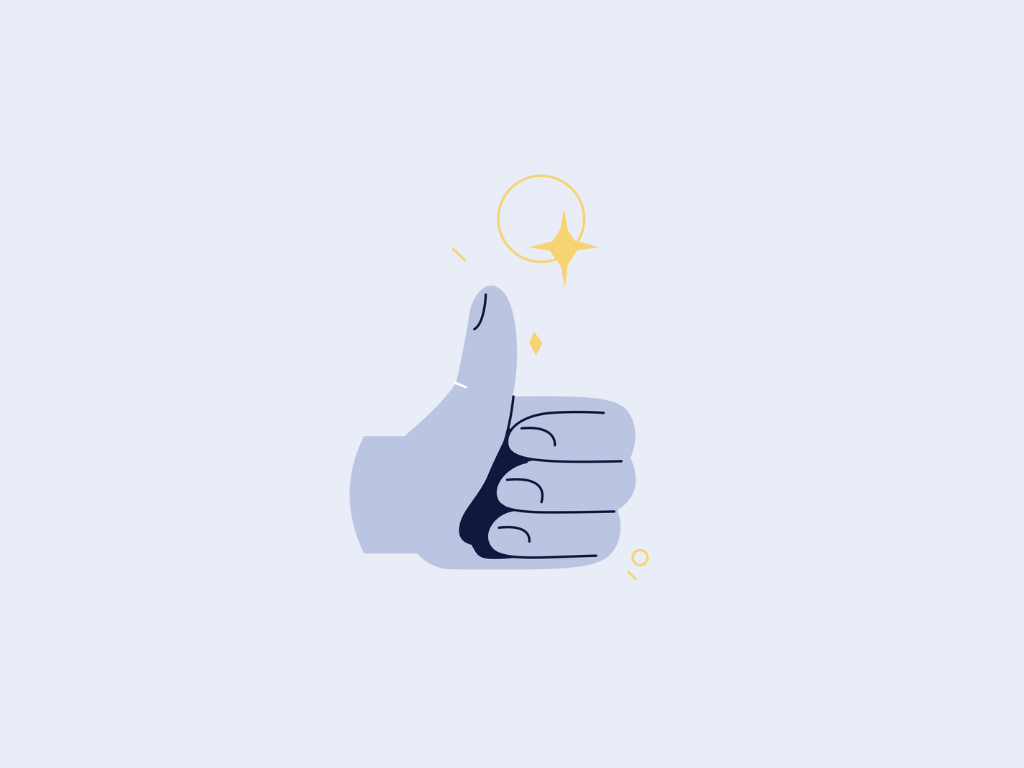Creating a logo can feel overwhelming, especially when you’re just starting out. Choosing the right colors, symbols, and fonts to capture your brand identity is no small task. But thanks to the evolution of artificial intelligence, designing a professional-looking logo has become more accessible than ever.
A well-crafted logo is essential. It’s the visual cornerstone of your brand, communicating values, personality, and professionalism at a glance. Whether you’re launching a startup or refreshing your side project, a compelling logo sets the tone.

1. Clarify Your Brand Identity First
Before you open any design tool, take a moment to define what your brand stands for. Your logo should reflect your business mission, tone, and values.
For example, a yoga studio might want a calming and elegant logo, while a tech startup may lean toward sleek and minimal.
Write down 3-5 keywords that describe your brand (e.g., bold, natural, innovative). These will serve as your design compass.
Don’t be afraid to get specific. The clearer your foundation, the stronger your final design.
2. Gather Inspiration from Real-World Examples
Explore the logos of companies you admire. Take note of what draws your attention—colors, shapes, typography, or simplicity.
Spotify uses a simple wave symbol, while Airbnb incorporates a custom abstract form. These logos are memorable not because they’re complex, but because they’re meaningful and adaptable.
Create a mood board with examples that resonate with you. Tools like Pinterest or Milanote can help you visualize your preferences.
Remember that inspiration fuels originality. Let it guide you, not copy.
3. Choose the Right AI Logo Generator
This is where the magic happens. Tools like an AI logo generator Turbologo use prompts or brand descriptions to create dozens of design ideas in seconds.
For beginners, AI tools lower the barrier of entry and provide a safe space to explore different directions.
Turbologo, for instance, offers a smart blend of customization and automation. You simply input your brand name, select styles and icons, and let the system generate ready-to-edit logos.
Here’s the trick: Don’t settle for the first result. Use AI to iterate until you find a direction that clicks.
Pro Tip: Keep your visual identity consistent across all channels. That means your logo, website, packaging, and social media should speak the same design language.à
4. Refine with Color Psychology in Mind
AI tools can suggest palettes, but it’s up to you to align colors with your brand mood.
Blue implies trust, red suggests energy, green feels natural. The choice of color significantly influences how your brand is perceived.
Use tools like Coolors or Adobe Color to test combinations and see them in mockups.
Sounds simple? It is. But small tweaks in hue or saturation can make a big difference.
5. Pick the Perfect Font for Your Message
Typography isn’t just aesthetics—it’s communication. Serif fonts feel traditional. Sans-serif fonts are modern. Script fonts are expressive.
Look at brands like Coca-Cola (script), Google (sans-serif), or Vogue (serif). Their fonts reinforce their image.
Stick to 1 or 2 fonts. Make sure they’re legible at small sizes and reflect your tone.
Don’t go wild with novelty fonts. Consistency beats flashiness every time.
6. Simplify for Scalability
Logos need to work on everything from business cards to billboards. If it’s too detailed, it won’t scale well.
Icons, shapes, and spacing should look clean at any size. A good test: shrink your design to 32×32 pixels. Does it still read clearly?
Think of Nike’s swoosh or Apple’s bite. Simple, instantly recognizable, and versatile.
Keep trimming. Less is often more.
Examples of Creative Logo Approaches: Spotify (symbol + sound), Dropbox (abstract box), Airbnb (symbol + story)
7. Test Your Logo in Real-World Contexts
Preview your logo on different materials: business cards, websites, mobile apps, and social posts.
Some AI tools let you place your logo on mockups instantly, so take advantage of that.
Look out for issues like low contrast, poor readability, or awkward alignment.
Trust your instincts here. If something feels off, tweak and test again.
8. Save in Multiple Formats and Build a Brand Kit
Once you’re happy with your logo, download it in various formats: PNG (transparent), SVG (vector), and JPG (web).
You’ll also want color codes, font names, and a few layout versions (horizontal, stacked, icon-only).
Create a simple brand kit so you or your team can use the logo consistently across platforms.
Consistency builds recognition. Every detail matters.

